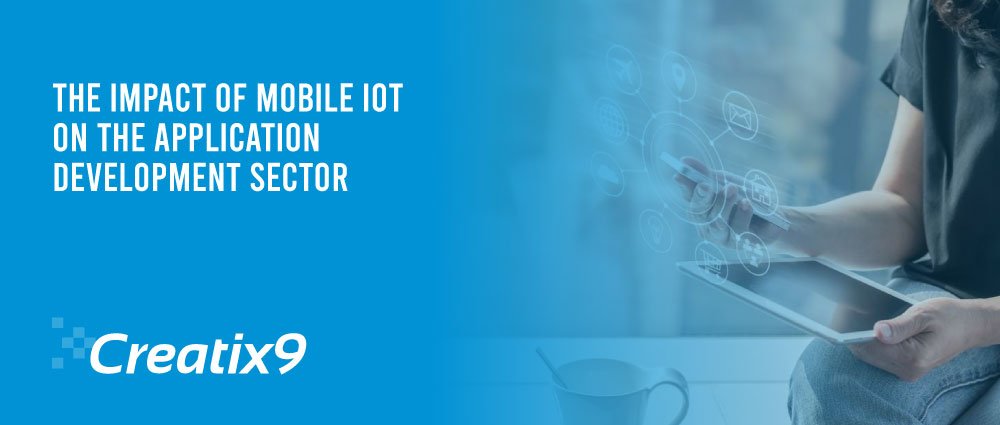
The development of mobile applications with the IoT make wonderful partners. These technologies coexist harmoniously to facilitate natural human-machine interaction while enhancing user experience and business productivity.
The global IoT market is anticipated to grow from $478.36 billion in 2022 to $2,465.26 billion by 2029.
As a result of this expansion, mobile applications will unquestionably have the opportunity to increase their presence in the IoT.
Before implementing mobile IoT applications, Creatix9 UK, the professional digital agency and android application development company UK, will investigate the changes the IoT will bring and the trends and challenges in IoT app development. Let’s start.
1. Mobile IoT Market: Explore the New Opportunities in Diverse Sectors
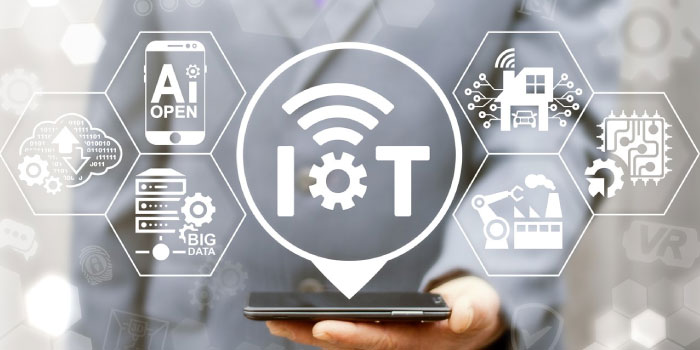
As more and more industries embark on digital transformation, the demand for intelligent, connected devices with applications continues to rise. IoT and mobile app development drive each other to greater heights by supporting each other in identifying lucrative market niches.
Industrial Sector
Mobile app development services supporting industrial IoT solutions are in high demand due to the IoT, which improves corporate performance and production capacities. Today, networked devices frequently require specialised software for better functionality.
Besides streamlining asset monitoring, IoT-powered mobile applications improve supply chain management, inventory control, and predictive maintenance. Mobile IoT solution dramatically facilitates the expansion of construction, mining, manufacturing, and energy companies providing a safe working environment and machinery management.
Healthcare Sector
In the healthcare industry, the development of mobile applications is generally advantageous. We observe an increase in the deployment of Internet of Medical Things (IoMT) technology, which has led to a rise in the use of mobile applications by healthcare providers and patients. The primary justification is that they improve treatment outcomes, patient satisfaction, and the overall efficacy of healthcare.
The time has come to capitalise on using mobile technologies for biosensors and ubiquitous medical devices. Developing IoMT applications will transform the industry, whether by improving an existing IoT solution or conceiving a novel idea.
Agriculture Sector
As the global population constantly rise, it is more important than ever to assist agriculture in overcoming its challenges. IoT sensors and collaborating applications enable monitoring field crops, managing greenhouses, and enhancing plant and livestock cultivation.
We can only hope that more businesses implement these ingenious ideas, thereby increasing the likelihood that nations will be able to combat famine, allocate resources efficiently, and address environmental issues.
Retail Sector
Retail IoT has extensively renovated the retail sector with sensors, beacons, and cameras. It generates increasing opportunities for mobile app development to enhance the purchasing experience and generate revenue.
Mobile IoT systems can monitor products on shelves, evaluate and forecast real-time customer data, and shorten checkout lines.
Transport and Logistics Sector
Transportation and logistics are two superfluous industries that stand to benefit considerably from the combination of IoT and mobile technologies. There are a variety of applications in this field, including intelligent route planning and vehicle monitoring.
Businesses can manage their fleets, monitor the delivery of their products, and control the weather during transit. For example, it is possible to keep an eye on the temperature, humidity, and other factors to ensure that items, especially perishable ones, are delivered safely.
Automotive Sector
The automotive industry as well uses IoT technology and mobile app creations efficiently. IoT-based apps are primarily utilised to collect data and manage vehicle air quality, tire temperature and pressure, and tread deterioration. They also provide information on traffic, road conditions, and driving behaviour For the solutions to function as components of navigation and telematics systems.
2. Streamlined Connection
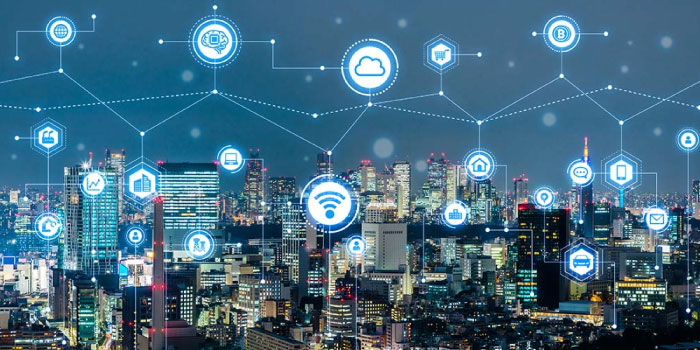
Mobile applications are an integral element of the IoT infrastructure as a whole. Essentially, they allow users to configure connected devices, issue commands to smart sensors, and transfer and analyse data. Therefore, it is essential to ensure a stable connection, which frequently depends on specific technology for IoT devices.
Wi-Fi, 4G/5G, NFC, and Bluetooth are frequently used to connect mobile applications. Typically, when it comes to IoT solutions, developers must go above and beyond to connect applications with gateways or standalone devices and incorporate inborn communication protocols and standards.
3. Highlight Security
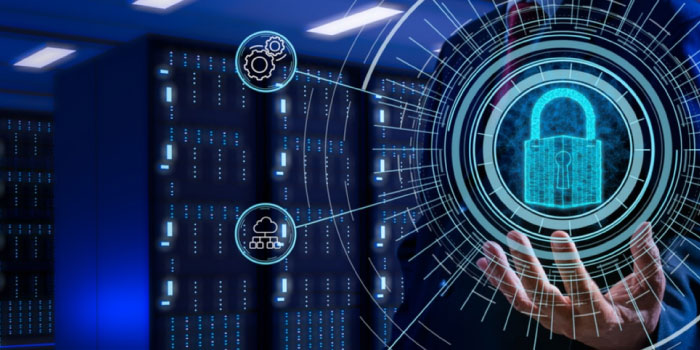
A vast quantity of data is generating, processing, and transferring day-to-day as a result of the rapidly growing market share of connected devices, which is foreseen to reach 50 billion by 2030. Special security procedures are increasingly needed to safeguard this sensitive data. Therefore, mobile IoT applications must meet these requirements.
Our IoT development team can put cutting-edge authentication mechanisms in place to stop fraud and theft, data breaches, and other problems. Besides, implementing AI, ML, and Big Data can support the prevention of data breaches and the mitigation of cyberattack risks.
4. Transference in Storage of Data
When creating a mobile IoT application, you must also consider data storage. Applications need to be scalable and able to handle the load since IoT devices produce a lot of data, and the volume of that data is always increasing.
Recently, IoT solutions have begun relying on edge computing to process data that was previously stored predominantly in the cloud. Since the data is pick up locally on the device or at the network’s edge, a big cloud capacity is no longer vital.
This architecture allows apps to operate more rapidly, experience less latency, and rely less on the cloud. Generally, it arranges for mobile app developers with greater possibilities for enhancing overall security and efficacy.
5. Significances in UX/UI Design
A mobile IoT app’s UX/UI design is very different from that of a typical app because of the intricacy of IoT technology and the variety of system components. IoT consists of numerous devices with various interfaces wished-for for communication with humans and other machines.
Therefore, designing IoT applications necessitates a coordinated strategy to give a remarkable experience across the entire IoT ecosystem and within the app.
Lastly, the UX/UI design should be highly intuitive and make people feel at ease when using smart devices for the first time.
Revolutionise your business with a cutting-edge IoT-based android application development company UK. Contact us now to get started with a professional digital agency in Europe.
Internet of Things (IoT) Expansion: Complications and Solutions
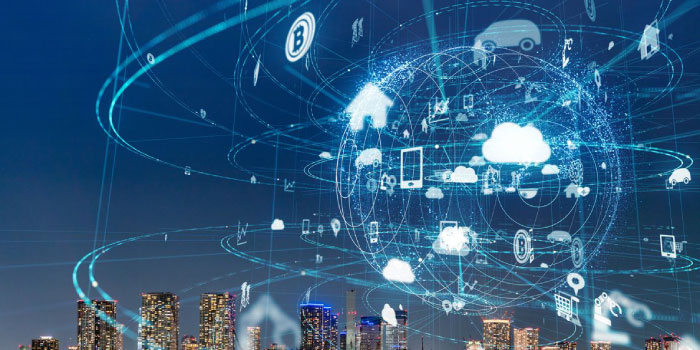
It can be tough and laborious to build IoT applications. The following challenges must be overcome by IoT developers, along with their corresponding remedies:
Processing and Data Collection
IoT devices can generate massive quantities of data, which can be challenging to process. Developers must understand storing and gathering data to create effective IoT systems.
Developers should effectively collect and analyse data using modern analytics technologies to solve this issue. This allows developers to access, process, and utilise the data to create an effective solution.
Privacy And Protection
Concerning IoT, security and privacy are important concerns. IoT applications’ security must be strong enough to guard user data from hackers and other bad actors.
In addition to installing security measures like firewalls and intrusion detection systems, IoT developers must incorporate strong authentication methods and encryption protocols to guarantee the protection of user data.
The Compatibility Of Hardware And Software
Software and hardware for the IoT must be compatible with numerous configurations. Due to the diverse structures of IoT devices, ensuring interoperability can take time and effort.
Use IoT platforms that are interoperable with a range of hardware and software to get around this problem. When creating applications for various IoT devices, it is a vital stage.
Get Ready To Discharge Your Mobile Internet Of Things (IoT) Application
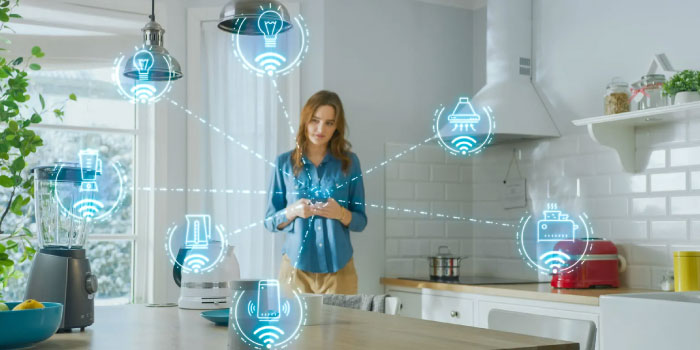
The IoT market is expanding at the rate of a marathon. As the number of smart devices rises, there are numerous opportunities for mobile app development to broaden its allure and penetrate new markets. To support IoT solutions, mobile applications must be capable of handling complex requirements and keeping up with the environment’s constant evolution.
While the IoT allows mobile applications to reach their maximum potential, it also introduces some novel challenges to the development process. Before beginning an IoT project, ensuring your team knows the subtle differences in connectivity, storage, security, and product design for mobile IoT solutions is prudent.
Conclusion
Contact, the top android app development company UK has industry knowledge and experience that allows us to support businesses in attaining their goals.
The Creatix9 UK team develops scalable, reliable IoT solutions that accelerate business operations and enhance productivity. Give us your idea, and we will keenly support you execute it.
So why not contact the UK’s leading professional digital agency specialising in IoT-based Android app development? And helps our developers comprehend the particular difficulties of your IoT projects, which can support realising your ideas. To hire mobile app developers and progress your company, build a strong association with us!

